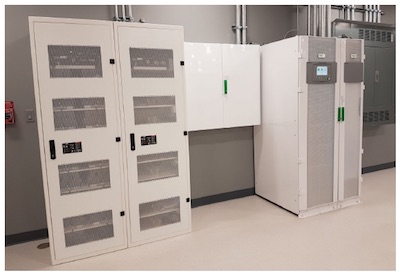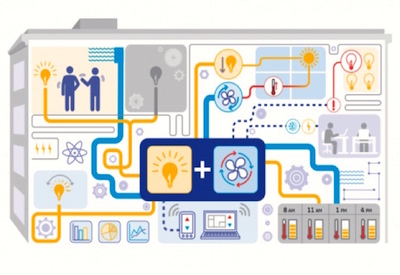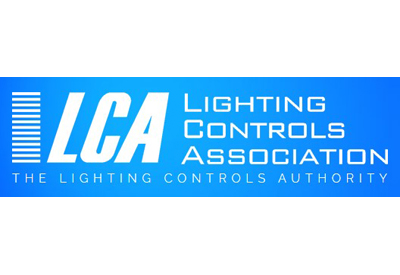Three Ways to Improve Electrical Safety During a COVID-19 Related Shutdown

May 13, 2020
If your plant is unexpectedly shut down due to the current crisis, you can use this pause in production as an opportunity to review and improve safety procedures.
Why should you make maintaining your electrical infrastructure a priority? Here are three reasons: 1) improperly maintained equipment increases safety risks, 2) maintaining equipment properly helps to prevent unplanned shutdowns and decrease property risks, and 3) even if your equipment is new, it needs a proactive maintenance and service program.
Consider these steps to improve electrical safety:
1. Revisit electrical specifications to see where you can introduce new technology
• New advances in electrical safety technology can not only promote a safer work environment, but also lower costs and help your team become more productive.
• According to the National Safety Council’s [IT]Safety+ Health[IT] magazine[1], the most common cause of arc flash accidents is human error. How can you integrate technology to reduce the chance of mistakes? New permanently installed test equipment is one way to promote a safer environment in your plant.
2. Standardize electrical safety procedures to help establish a company-wide culture of safety
• Think about how safety processes are currently implemented throughout your facility. Are there opportunities to make compliance with standards easier, and reduce the chance for human error?
• Can you improve training for qualified electrical workers? What tools and equipment do they need to become more efficient and do their jobs more safely?
• Is your messaging consistent with your safety processes? Clarity can increase employee and upper management buy-in.
• While the plant is shut down, invite floor employees to walk through operations and safety procedures with you, looking for gaps in safety or maintenance. Performing the walk-through together will help employees feel ownership over the process.
• Safety procedures can vary by department, shift and/or location. Ask all plant or safety managers and floor employees to take an internal survey or join you on a process walk-through to encourage electrical best practices throughout the facility.
3. Reduce risk and improve efficiencies with engineering controls
• Engineering controls rely on physical changes to the workplace, instead of workers’ behaviour, to reduce hazards and human error. A good example is an Absence of Voltage Tester (AVT).
• While examining your safety and maintenance processes for opportunities to improve, consult the hierarchy of controls, shown above.[2] Seek out opportunities for new technologies to introduce an engineering control into a particular process, and make sure to ask for input from your team.
In this time of uncertainty, show your commitment to employee safety by using the downtime to review electrical safety on the plant floor. A shutdown provides a unique opportunity to walk through processes as a company, empowering employees to participate in the process and encouraging adoption of proper procedure when business as usual resumes.
Notes
1. “Human Error Often Causes Arc Flash Accidents.” National Safety Council Safety + Health Magazine. Retrieved 3-31-2020
2. “Hierarchy of Controls.” The National Institute of Occupational Safety and Health. Retrieved 03-31-2020.
This article was first published online by Graybar; www.graybar.com/store/en/gb/cm/company/news/three-ways-to-improve-electrical-safety-during-a-covid-19-related-shutdown. The company’s mission is to be the single most valuable partner for companies that value health and safety in their work environment.
Photo by Dylan Gillis on Unsplash
















